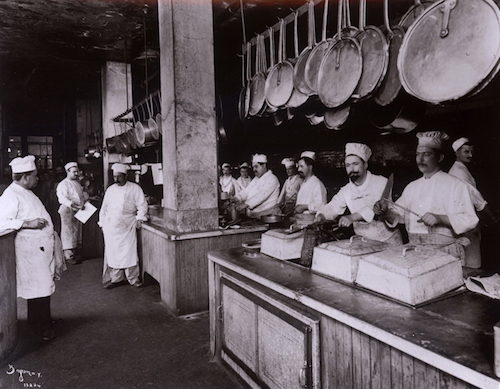There are a lot of things that make Ooligan a unique press. Most of these traits are externally visible—it’s student run, it’s regionally focused, it’s small. These attributes aren’t unheard of in the publishing world, but they do necessitate an internal structure that is also fairly unusual. Ooligan’s entire workforce is made up of students, many of whom balance jobs and internships as they attend their classes and finish different projects for the press. It would be easy to allow things to fall through the cracks, which is where Ooligan’s uncommon managerial structure comes into play.
Most presses operate under similar systems of management, in which individual departments oversee either in-house teams or freelancers who usher a book through each aspect of production. Often these departments are headed by one or two people. Ooligan has several department managers who most closely correlate to positions you would find in a standard press, including a digital department lead, a design lead, a social media lead, a marketing lead, a copy chief, a managing editor, two acquisitions leads, and two publisher’s assistants. For anyone keeping track, that’s ten department managers. There are independent presses all over the country that operate with an entire staff of fewer than ten people, let alone ten managers. But the truth is, Ooligan doesn’t operate with ten managers: it operates with seventeen. In addition to the department leads, each of the five books that are in production at any given time has an individual project manager, and there are also two managers in charge of outreach and events.
One of the major ways in which Ooligan’s organization diverges from that of other publishing houses is through the use of project managers. Rather than being attached to a single aspect of production, each project manager is instead primarily tasked with keeping their assigned book on track through the entire publication process, during which time they also serve as the first point of contact for their book’s author. Project managers oversee teams of around five people who do the majority of the day-to-day work for their books. Ooligan’s department managers—whose equivalents in other, more standard presses usually have dedicated teams—actually oversee the execution of tasks that are completed by teams of volunteers within the press. So while the majority of people working for Ooligan spend most of their time working on a specific book for a dedicated team, they also help with larger-scale projects for other books under the supervision of the department managers.
In addition to ensuring that there are multiple people to hold accountable for the completion of tasks, Ooligan’s unique structure also guarantees that the production of the press’s books is an especially collaborative process. Most large decisions are made democratically, and it’s virtually impossible to be completely uninvolved with any of the books in production. The collaborative nature of the press is especially important given that it is student run. This gives everyone the opportunity to gain experience in different departments, which often yields more creative and comprehensive results. It also prepares Ooligan students for potential careers in alternative forms of publishing, including publishing collectives, in which collaboration plays an important role. With so many revolving parts, it’s no wonder that Ooligan, a small press, operates with over a dozen managers while still keeping the cooks from overrunning the kitchen.

